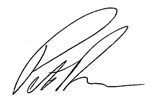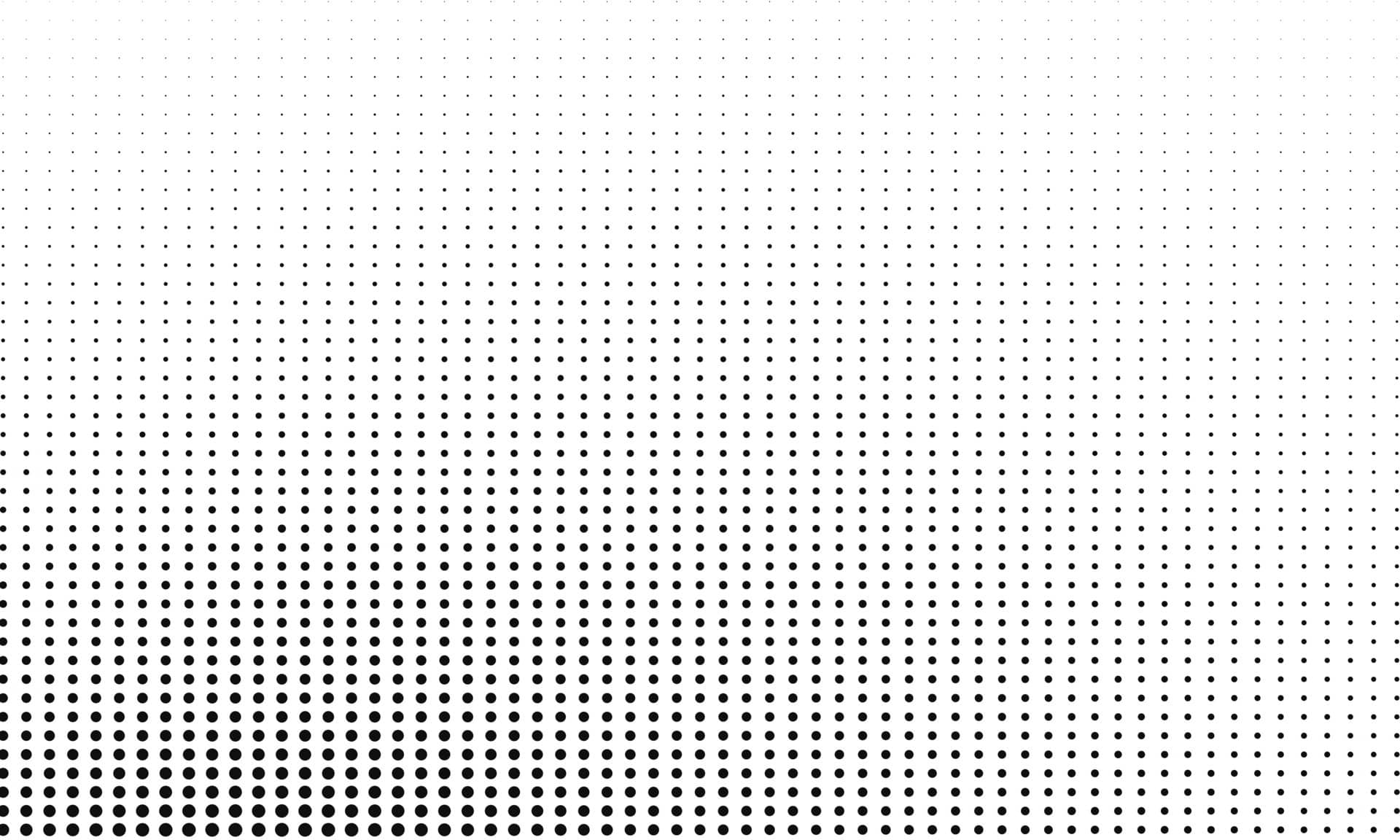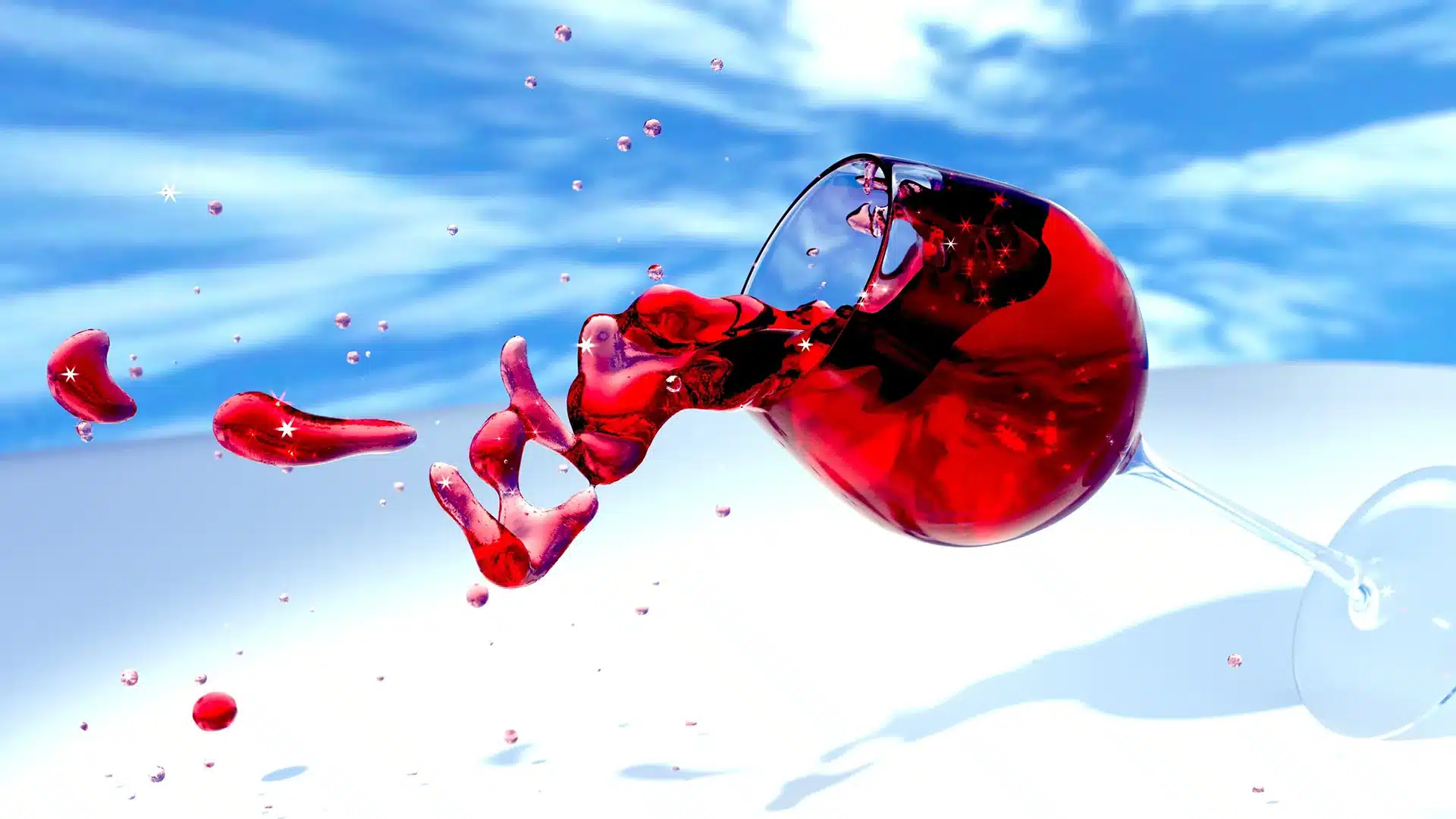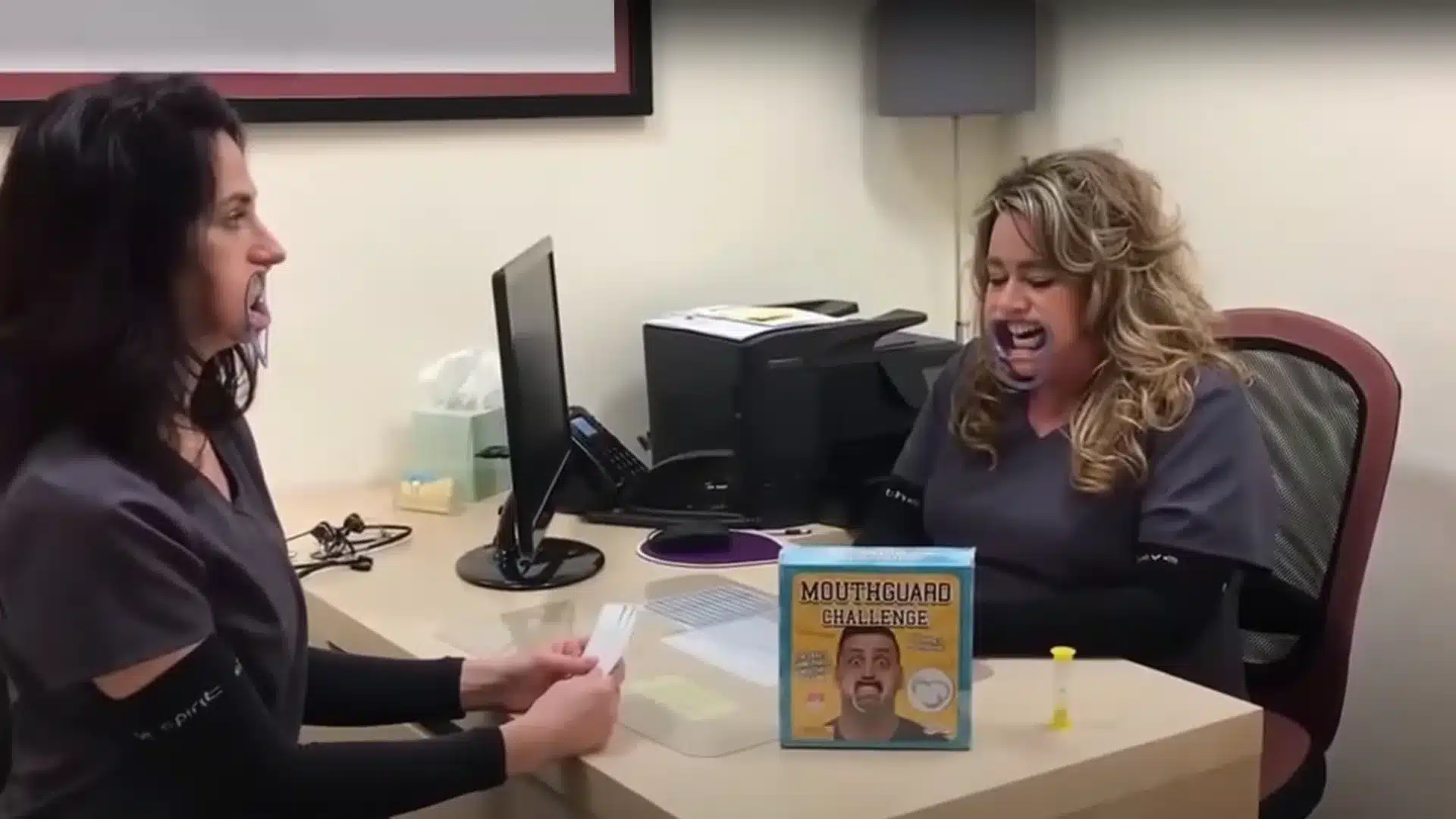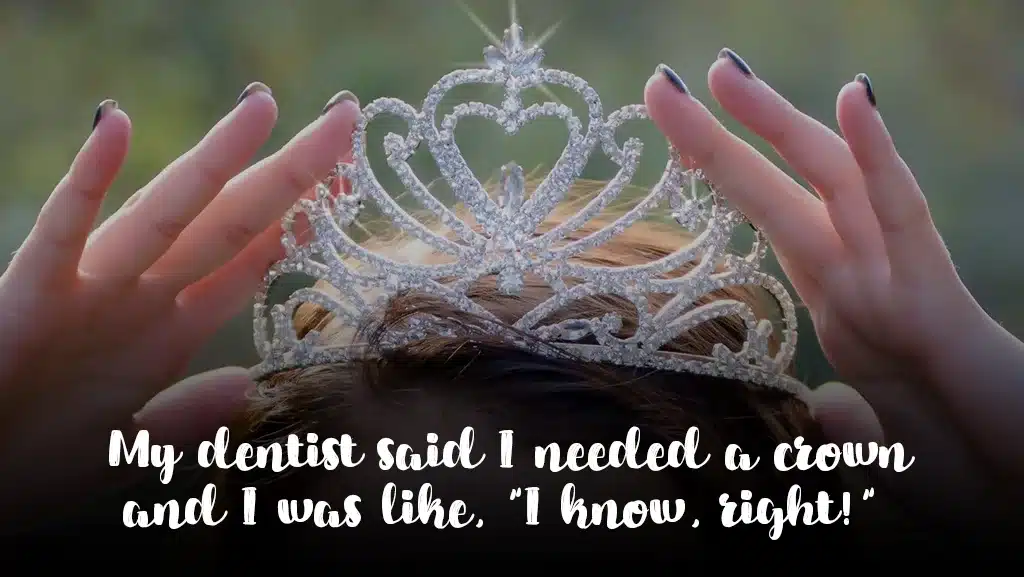My wife’s friend texted her in a panic the other night saying that she had a black tongue and wanted to know if I could diagnose the cause/solution over the phone. As a healthcare professional, I always try to encourage patients to surf Google images first, that way there’s an additional level of anxiety for me to navigate during an appointment.
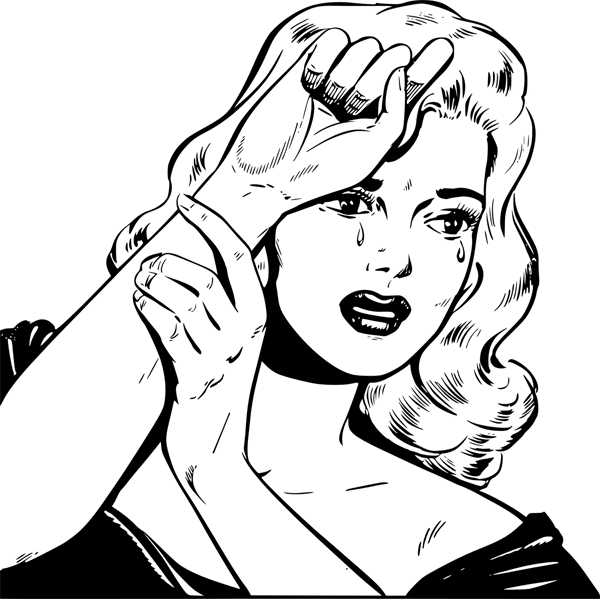
Fortunately, she just had “Malbec mouth.” Yes, these are indeed the happy hour struggles that come with having first world problems.
Forget toilet paper on your shoe, I am told that “wine stain teeth” is a far more oppressive social faux pas. Her black tongue was simply a wine-stained tongue.
Wine can also stain your teeth. Wine stained teeth, tongue, lips . . . all commonly referred to as Malbec mouth.
Sasquatch Tongue
If you have a dark purple or black or otherwise discolored tongue, and the discoloration just won’t go away, it is possible that you may have something called Lingua Villosa Nigra, which translates to “black hairy tongue”- I know, ewwwwwww!
Certain types of bacteria and yeast can even give the tongue a black appearance. Hairy tongue occurs due to a lack of abrasion to the top of the tongue, this results in a build up of protein (keratin), which is the same stuff that makes up the hair on your head. A hairy tongue can also present as brown, green, white or pink, depending on the specific cause as well as other factors like mouthwash, candy and wine.
Why Red Wine Stains Your Teeth
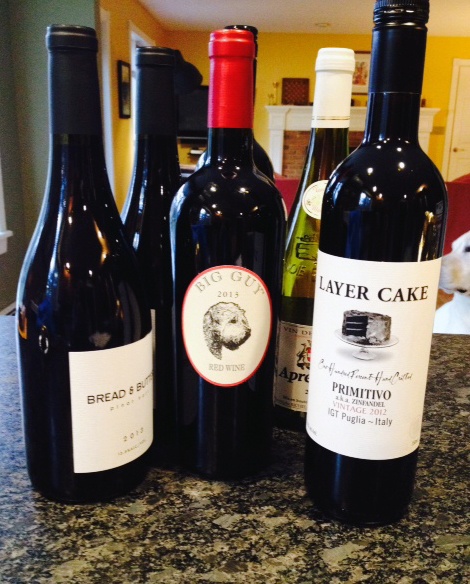
The primary cause of staining is from ‘chromogens’ which can be found in berries, tea, coffee and red wine, basically all of the things that make life more tolerable. Chromogens are pigment producing substances, obviously very abundant in red wine, that can stick to enamel and stain teeth. The tannins in red wine also bind chromogens to the teeth, leaving you with those unattractive stains.
As we age, general wear and tear can develop microscopic cracks on a tooth’s surface, which then allow chromogens and tannins to penetrate the enamel, leaving hard-to-clean stains. Think of your teeth like tiles on a floor, the ones with the cracks collect dirt, and the only way to combat the stains that are already there is to get a scourer and bleach – or replace your entire “floor.”
Why Switching to White Wine May not Help
Think switching to white wine will solve your problem? Truth is, your favorite chardonnay can actually yellow your teeth. White wine is highly acidic, which means that it slowly erodes your enamel away to cause more dentin (the sensitive, yellow part of your tooth) to show through, causing the appearance of yellow teeth. Less enamel also means when you switch back over to red wine, the pigment more easily penetrates your tooth, increasing the chances of developing permanent tooth discoloration.
Some red wines, like Petite Syrah, Cabernet Sauvignon, and Syrah, do contain more pigments than others. I am no wine connoisseur by any means, so if you want a more in depth explanation about the pigmentation of various wines, I highly recommend heading over to The Vault in Lewiston, to question the experts in depth. They can also teach you how to perfectly swirl and swoosh your wine glass.
Protecting Your Teeth from Wine Stains
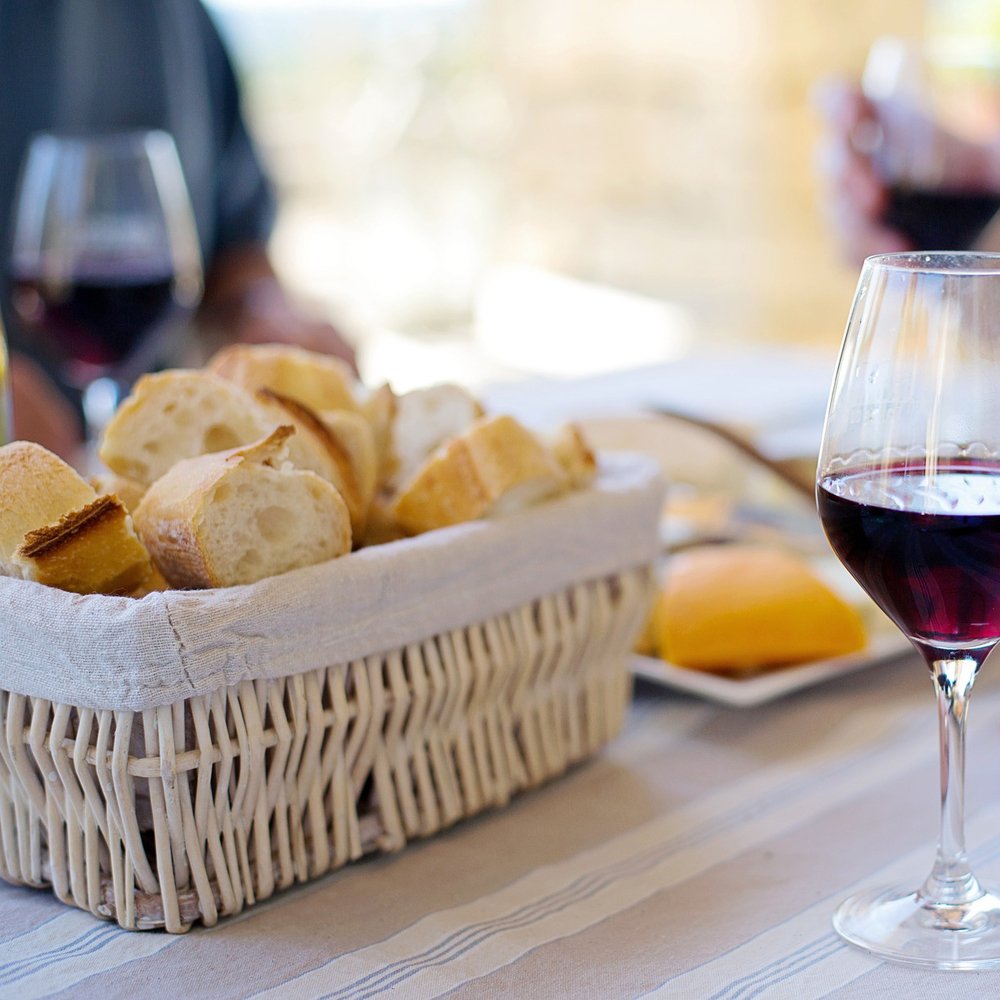
There are ways to help keep your teeth from looking like little red chiclets even if you indulge in a glass of wine or two. Here are a few ways to help reduce the possibility of waking up with Malbec mouth:
Pair your Bourdeaux with foods that have a low acid content. Nuts, spinach, non-acidic fruits and cheese are all options, and they go well with wine. Wine and cheese are a perfect pairing, not only from a taste point of view, but the cheese can actually help fill in those cracksa bit, help minimize the acidity in the wine, and help cause the production of saliva.
Alcohol can contribute to dry mouth, and saliva is needed to neutralize the acid and remineralize your tooth enamel, so waiting a couple of hours between drinking allows saliva to form and wash off the teeth.
Skip the Sommelier approach. Unfortunately, the sommelier’s habit of rolling wine around in a glass and over the tongue and teeth like mouthwash is not ideal for good oral hygiene. You could drink your wine through a straw, but let’s face it, that’s just about as bad as drinking it out of a red Solo cup.
Drink water during and rinse after. Having a glass of water handy helps, as does rinsing with water and spitting it out after you’ve had a glass of wine. I prefer sparkling water because the little bubbles help whisk away the wine. Or do what my wife does and alternate with gin and tonics.
Wait 30 minutes before brushing. You do NOT want to brush your teeth immediately after drinking wine. Yes, this is one of the rare times you’ll hear me actually advise you to not brush your teeth. You need to wait a good half hour or so before brushing because your mouth is still acidic and the abrasive qualities in toothpaste can further damage the enamel. If you can’t brush, chewing a sugar free gum can help activate saliva and wash away debris.
Fixing The Problem
If you’ve already got a dark purplish tint to your teeth and/or tongue, brushing alone probably won’t resolve the problem. You need to also use a tongue scraper. In fact, scraping your tongue is never a bad idea and it can have lots of other positive effects – better smelling breath, better tasting food, and overall better oral health.
We recommend using a stainless steel tongue scraper (easier to keep clean) but as my wife can attest, a metal spoon can work in a pinch (just be very careful with that).
I know, Brushy Bear and Flossy Fox are meant for kids, but I rather enjoy them. Here’s why you want to clean your tongue in song:
There are quite a few whitening products available on the market, too, and they might help and be fine to use in moderation.
Whiter Than White; A Note About Bleaching
One thing that I have noticed over the last 12 years of practicing dentistry is that Americans are obsessed with white teeth. I also know that if you live in a glass house, you should never throw stones at your neighbor, so, full disclosure; I bleach my teeth and use “whitening” toothpaste.
I am asked numerous times a month to explain how bleaching works. The short answer; CHEMISTRY.
The Chemistry of Whitening Products
Earlier this year I was traveling to a Continuing Education course and forgot to bring my toothbrush. Yes, it’s true, and no, the irony is not lost on me.
While trying to find an “Extra Soft” toothbrush, I checked out the ingredients on those highly-marketed Crest 3D White Strips. The back of the box lists the following ingredients: water, glycerin, hydrogen peroxide, carbomer 956, sodium hydroxide, and sodium saccharin.
I’ve also seen the wine wipes that are available and marketed specifically to those of use who enjoy a glass or two of our favorite vino. The wine wipes website notes the following ingredients: hydrogen peroxide, sodium bicarbonate, glycerin, calcium, and potassium.
Hydrogen peroxide is a free radical The free radical which is formed (perhydroxyl) is very reactive, thus enabling it to break down the long chain molecules responsible for dark color into smaller, lighter colored molecules.
Carbomer 956 is a polymer used for thickening substances. It is the same ingredient used in disposable diapers – it’s these compounds that absorb urine and make the diaper swell like a balloon.
Sodium hydroxide is a popular ingredient used in industrial solvents as a chemical base for soaps, oven cleaners, detergents and drain cleaners because of it’s ability to dissolve grease, oils, fats and protein based deposits, It is used to take away the chemical components that the hydrogen peroxide break apart.
Sodium saccharin is basically a low priced artificial sweetener used to make the mixture of nasty tasting chemicals more acceptable. I would prefer if the companies would splurge and replace this ingredient with something more natural like Stevia sugar substitute.
Glycerin has an antibacterial potential which is not well recognized. When living bacterial dental plaque is examined with a phase contrast microscope, all of the mobile micro organisms can be seen actively moving around. If a drop of glycerin is added to the solution, all movement immediately stops. This is added to the Whitestrips to prevent the solution from turning into a petri dish of bacteria.
Sodium bicarbonate is baking soda. The baking soda in wine wipes is likely there to neutralize the acid, since the acidic effect of the wine can actually cause the teeth to retain MORE stain by etching the enamel slightly and making it more porous. Baking soda is an abrasive, but I doubt that’s what its use is in this context.
Calcium and Potassium are both present to aid in re-mineralization of the teeth and to prevent tooth sensitivity. Whenever you’re undergoing a whitening procedure you’re exposing the teeth to chemicals that transiently expose the dentinal tubules to the oral environment and can temporarily make your teeth more sensitive. Calcium phosphate and Potassium nitrate are commonly used chemicals to provide symptom relief in dentin hypersensitivity and promotion of remineralization.
Bluer than Blue; A Note About Getting Help
Still can’t seem to shake the blues, or pinks, or purples? Get a little help from your friends . . . your dental friends, that is.
If you are interested in solutions for brightening up your smile that don’t involve giving up your happy hour, please call the office at (207) 782-5308 or contact us online to schedule a consultation to talk about options that may work for you!
And, thank your lucky stars it’s just your mouth that can take on the hue of your Cabernet Sauvignon.
